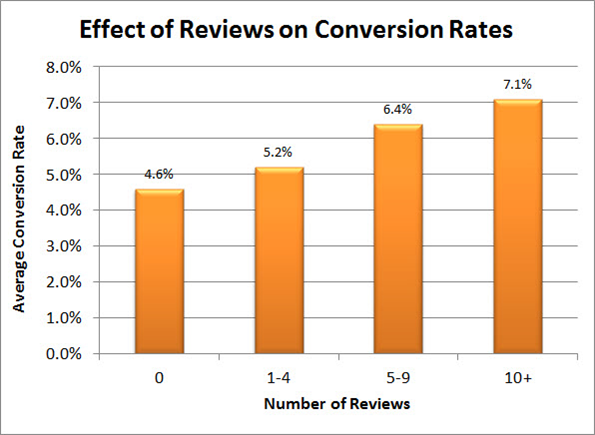Boosting Sales With E-commerce
Where do you do most of your shopping? Chances are, if you’re a Millennial, nearly 70% of your purchases are made online. This is great news for online retailers, so here’s how to get the most from your ecommerce.

Despite the popularity of online shopping amongst Gen Z and Millennials, only 17% of all UK purchases are made online. Surprised? We were too. But with a currently small market share and fast growth showing no signs of slowing down, preparing your business for more online retail is a no-brainer. Here’s our advice on boosting your opportunities with e-commerce.
Mcommerce
 Ensuring a smooth user experience on your ecommerce website is one thing, but thanks to the rise of mcommerce – or mobile commerce – retailers need to be putting mobile first, making a seamless experience their top priority.
Ensuring a smooth user experience on your ecommerce website is one thing, but thanks to the rise of mcommerce – or mobile commerce – retailers need to be putting mobile first, making a seamless experience their top priority.
‘Mobile First’ was never just a trend, it should and is the approach for many businesses – ecommerce or otherwise. After growing rapidly alongside online shopping, mobile commerce is predicted to account for more than half of the ecommerce market in just a few years. From product images and promotion graphics to designing a mobile-friendly payment process, optimising for mcommerce will is an ongoing process. Businesses who choose to ignore the demand for the convenience of ecommerce risk losing customers and profit.
Social Commerce
Just like mobile commerce, the trend of selling goods via social media has shown no signs of slowing down. Similarly to sponsored ads, now, when scrolling through Facebook, Instagram and Pinterest, users can click on an ad for a product and be direct straight through to an interface where they can purchase immediately.
Social media is nothing new, but social commerce is, and the concept is still evolving. We’ve already established that Millenials are the biggest fans of shopping online, they also happen to be regular users of multiple social media channels – so if your target audience fits this demographic, social commerce really is a no brainer.
In order to enable successful social commerce, you will first need to ensure that you have built your brand on social media. Alternatively, find out more about social commerce, with this blog from Quick Sprout or see how much social commerce could impact your conversion rate with our e-commerce calculator.
Marketing Automation
Marketing automation can be a great way to retain customers, encourage repeat purchases, distribute personalised promotions or gather customer feedback. Take your seasonal, Christmas or summer offers one step further by giving prospects personalised discounts, vouchers or deals on birthdays or anniversaries.
Ever received a ‘abandoned basket’ email? That’s a prime example of marketing automation. Brands like Asos and Amazon take automated marketing one step further. Retail giant, Amazon, sends customers recommended products, based on their previous buys, wish lists and browsing, often providing customers with book or film recommendations, tech accessories for new gadgets on so on. Meanwhile, Asos’ ‘Tailored For You’ provides each customer with a bespoke list of recommended clothes and outfits, for maximum appeal for a Millennial audience.
With the help of marketing automation tools, you can set up automatic, post-purchase patterns or triggers that can nurture and upsell to customers based on their activity on your site, previous purchases, demographics, events, etc. For example The Body Shop’s loyalty card system ‘Love Your Body’ sends members a personalised message on their birthday, adding a ‘gift’ of £5 worth of points to spend either online or instore.
Multichannel Marketing
If there’s one thing that the above highlights, it’s that people are using more and more mediums to complete a purchase. Multichannel marketing can boost your ecommerce by targeting your audience on multiple different platforms,
Social commerce is the perfect example of the evolution of multichannel ecommerce, but there are more platforms your online business can utilise; email, print ads, in-store promotions and more. Multi-channel presence is easy, the key is staying on-brand.
With multichannel marketing, the possibilities are endless, so don’t be afraid to explore. Even if your brand is solely online, consider your opportunities with print. Alternatively, take a look at selling directly to customers via marketplace’s like Amazon or Etsy.
Encourage Customer Reviews
Customer reviews are often considered a must-have for ecommerce websites, as they can really resonate with prospects. Getting customers to write reviews can be a fantastic way to increase conversions:

Even negative comments aren’t necessarily a bad thing – so long as you’re responsive and proactive. If you do receive any bad feedback, apologise and explain how you are addressing the issue. If you are able to contact the reviewer privately, perhaps offer them discount or freebies as an apology – though if you do this publically, be prepared for more bad reviews!
In today’s digital world, where users are unlikely to have seen, felt or tried out your product, online customers have become somewhat dependant on reviews – regardless of where they are in the buying cycle.
If you would like advice on managing your ecommerce website, boosting your social or mastering marketing automation, contact us today. To how we can help you achieve your potential, take a look at our E-Commerce Calculator today.
